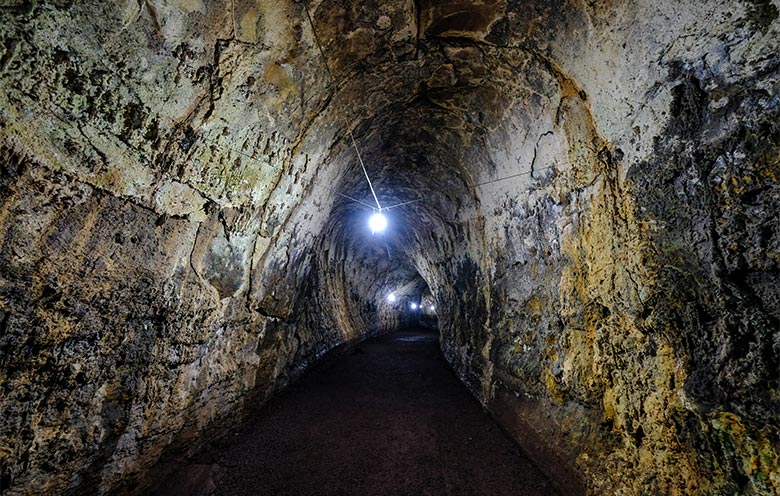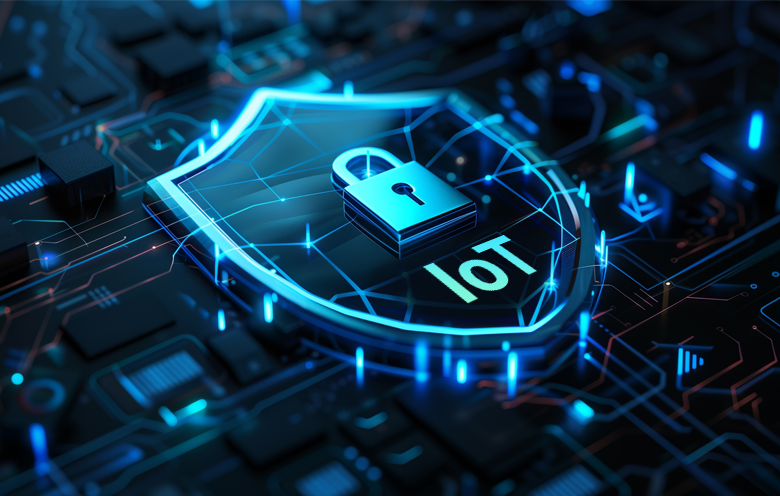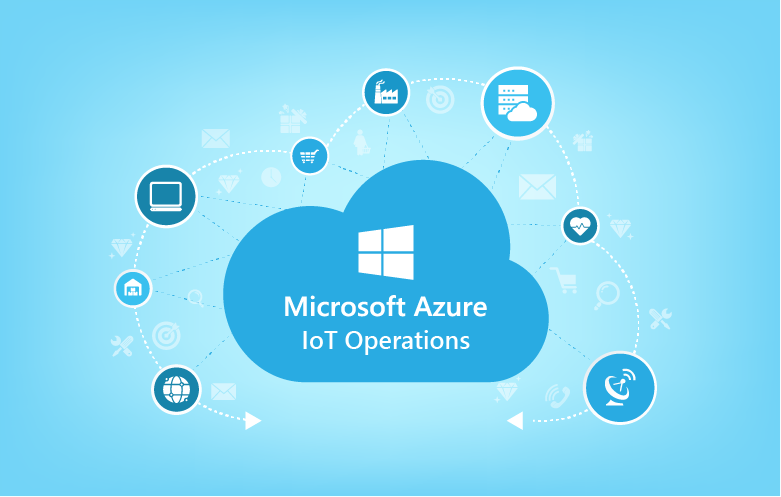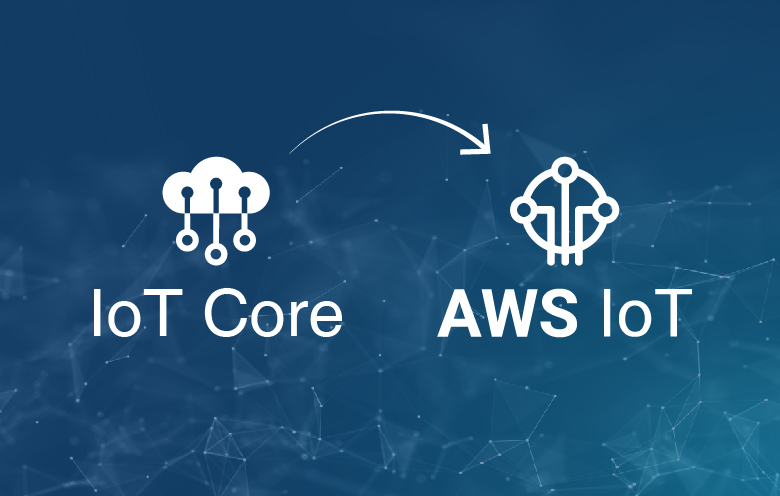Until the Internet of Things entered the mainstream, many mining companies had no better way of monitoring workers and connecting operations that cover large stretches of land in some of the world’s remote and hazardous areas. With the current digital transformation trend, about two-thirds of businesses have already implemented (or plan to implement) smart manufacturing technologies. As a digital strategy and IT solutions provider, we have seen a considerable adoption of mobile apps, energy management solutions, advanced analytics and smart solutions to derive insights from asset- and operations-related data, increase efficiency, and establish an environment, health and safety (EHS) management system.
If we talk about EHS management specifically, new IoT solutions are emerging that incorporate smart connected devices and use sensor-generated data to mitigate safety risks in the workplace. Technologies such as connected sensors and devices, proximity beacons and intelligent wearables together with a smart analytics platform and cloud computing enable connected worker use cases.
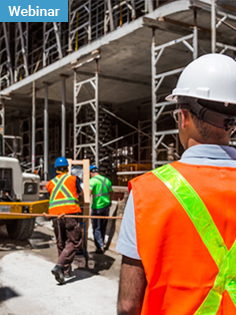
How to achieve increased worker safety and productivity with IoT
Webinar agenda
- Impact of digital transformation and the opportunities it brings
- Major risk factors for workers
- Real-world connected worker use cases to improve safety
- What steps you can take to get started
Connecting your workforce
Mining jobs are not easy; as mining fields are often located in remote areas and operations span great distances. It has been a big time goal of mining companies to improve safety, efficiency and productivity of mine operations in remote areas with minimal or no infrastructure for communications.
Thanks to readily accessible state-of-the-art technologies, we have greater opportunities to improve safety and operational performance. Smart wearables and connected devices such as smartwatches, smart helmets, smartphones and tablets, etc. generate a lot of important data that can be captured in real-time and communicated with appropriate systems to take prompt actions.
Another example of connected worker solutions includes a manager using a mobile device to record shift tasks and progress, instead of carrying a bunch of papers that are highly prone to human errors. Going digital empowers mine supervisors and operators to quickly validate and distribute key production data so that they can react promptly and avoid workplace accidents.
How IoT helps to ensure worker safety in the mining industry
Smart sensors and wearables such as helmets and smart vests can help supervisors to monitor the biological condition of workers remotely, particularly machine operators and truck drivers who are at a risk from collapse or fatigue-related injuries. With the help of smartwatches, supervisors can monitor workers’ location and aiding rescue operations in case of emergency. Moreover, unpredicted temperature and toxic contaminants can cause some serious health related -issues. Sensors fitted at different locations can trigger alarms if a danger is detected.
Let’s take a look at some of the scenarios where worker safety can be addressed with IoT:
- Monitor worker health remotely
- Track the location and movement of personnel
- Alerts when a worker enters a restricted area
- Monitor workers’ physical movements and fatigue level
- Emergency response in case of incidents
- Monitor hazardous environmental conditions such as leakages in a tank, gas leak detection, spillage, etc.
A connected worker solution not only ensures worker safety but also improves real-time collaboration between field workers and supervisors or managers, thereby increasing the efficiency of both. While businesses are taking advantage of IoT and AI to transform their businesses, it is very important to align smart solutions with a business strategy and update processes in order to make it work.
Easing the process
Here are some important things to consider when deploying a connected worker solution:
- Focus on a specific problem
- Derive the value proposition of use cases
- Figure out how the solution aligns with the day-to-day operational workflow
- Consider foundational capabilities
- Find the right technical and experienced experts
- Address data security first
- Be ready for an imminent change in an organization’s culture
IoT is largely implemented across different industries including manufacturing, construction, retail, chemical, oil & gas, mining, agriculture, healthcare, etc. Companies that belong to the mining industry should look into the connected worker use cases as IoT holds a great potential to revolutionize workplace safety, improve compliance and reduce insurance costs for liability. If you are not sure how to adopt Industry 4.0 to ensure worker safety and boost productivity, feel free to contact us.
